Anyone know how to identify CCA treated mulch?
paulsiu
12 years ago
Related Stories

GARDENING GUIDESHow to Pick a Mulch — and Why Your Soil Wants It
There's more to topdressing than shredded wood. Learn about mulch types, costs and design considerations here
Full Story
FUN HOUZZEverything I Need to Know About Decorating I Learned from Downton Abbey
Mind your manors with these 10 decorating tips from the PBS series, returning on January 5
Full Story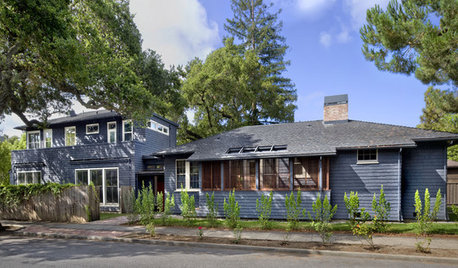
ARCHITECTUREStyle Divide: How to Treat Additions to Old Homes?
One side says re-create the past; the other wants unabashedly modern. Weigh in on additions style here
Full Story
LIFE10 Things Night Owls Know to Be True
Love being up while the world slumbers? Prefer a really late bedtime to an early night? These observations on night owl life may ring true
Full Story
MOST POPULARWhat to Know About Adding a Deck
Want to increase your living space outside? Learn the requirements, costs and other considerations for building a deck
Full Story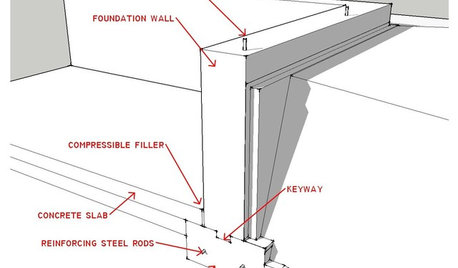
ARCHITECTUREKnow Your House: What Makes Up a Home's Foundation
Learn the components of a common foundation and their purpose to ensure a strong and stable house for years to come
Full Story
MATERIALSInsulation Basics: What to Know About Spray Foam
Learn what exactly spray foam is, the pros and cons of using it and why you shouldn’t mess around with installation
Full Story
WORKING WITH PROSWhat Do Landscape Architects Do?
There are many misconceptions about what landscape architects do. Learn what they bring to a project
Full Story
WHITEWhat to Know Before You Paint Your Walls White
A coat of white paint can do wonders in one room and wreak havoc in another. Here are tips for using the popular hue
Full Story
FARM YOUR YARD6 Things to Know Before You Start Growing Your Own Food
It takes time and practice, but growing edibles in the suburbs or city is possible with smart prep and patience
Full StoryMore Discussions






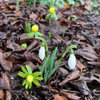
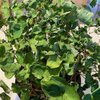
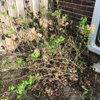
Nevermore44 - 6a
NHBabs z4b-5a NH
Related Professionals
Rancho Cordova Landscape Architects & Landscape Designers · Salisbury Landscape Architects & Landscape Designers · Wareham Landscape Architects & Landscape Designers · Aurora Landscape Contractors · Edmond Landscape Contractors · Ashburn Landscape Contractors · Centereach Landscape Contractors · Hendersonville Landscape Contractors · Munster Landscape Contractors · Paso Robles Landscape Contractors · Rancho Santa Margarita Landscape Contractors · Siloam Springs Landscape Contractors · South Hackensack Landscape Contractors · West Chester Landscape Contractors · Palos Hills Landscape Contractorsgardengal48 (PNW Z8/9)
Tiffany, purpleinopp Z8b Opp, AL